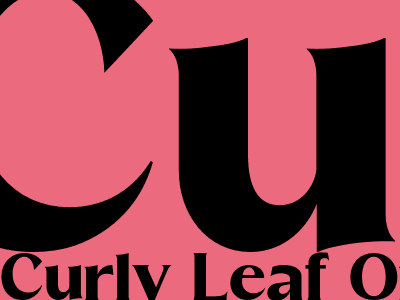Curly Leaf on Peach Trees: In-depth Analysis and Control
The curly leaf disease, caused by the fungus Taphrina deformans, is a common affliction among peach trees, leading to distorted and stunted foliage that impairs growth and productivity. Understanding the symptoms, causes, and effective control measures is crucial for peach growers.
Symptoms of Curly Leaf
Curly leaf manifests itself through prominent symptoms that affect the tree's foliage. These include:
- Reddening and thickening of leaves in early spring
- Distortion and curling of leaves, with upward edges
- Puckering and blistering of leaf surfaces
Causes and Spread of Curly Leaf
The Taphrina deformans fungus is responsible for causing curly leaf disease. The fungus overwinters in infected buds and leaf litter, releasing spores in the spring that infect new foliage when conditions are favorable, such as cool, wet weather.
Control Measures for Curly Leaf
Effective control of curly leaf disease requires a comprehensive approach, encompassing cultural practices and chemical treatments. Here are some key measures:
Cultural Practices
- Remove and destroy infected leaves and fruit to reduce inoculum.
- Plant resistant peach varieties, such as 'Cresthaven' and 'Redhaven.'
- Avoid planting peach trees in low-lying areas prone to frost and poor air circulation.
Chemical Treatments
Fungicides can be applied as a preventative measure or to control existing infections. Effective fungicides include:
- Bordeaux mixture (copper sulfate and lime)
- Mancozeb (Dithane M-45)
- Chlorothalonil (Bravo)
Timing of Applications
The timing of fungicide applications is crucial for effective control. The first application should be made at the bud-swell stage, followed by additional applications as needed based on weather conditions and disease severity.
Conclusion
Curly leaf disease can be effectively managed by implementing a combination of cultural practices and chemical treatments. Early detection and timely intervention are essential to minimize the impact of the disease on peach trees and ensure optimal fruit production.

Komentar